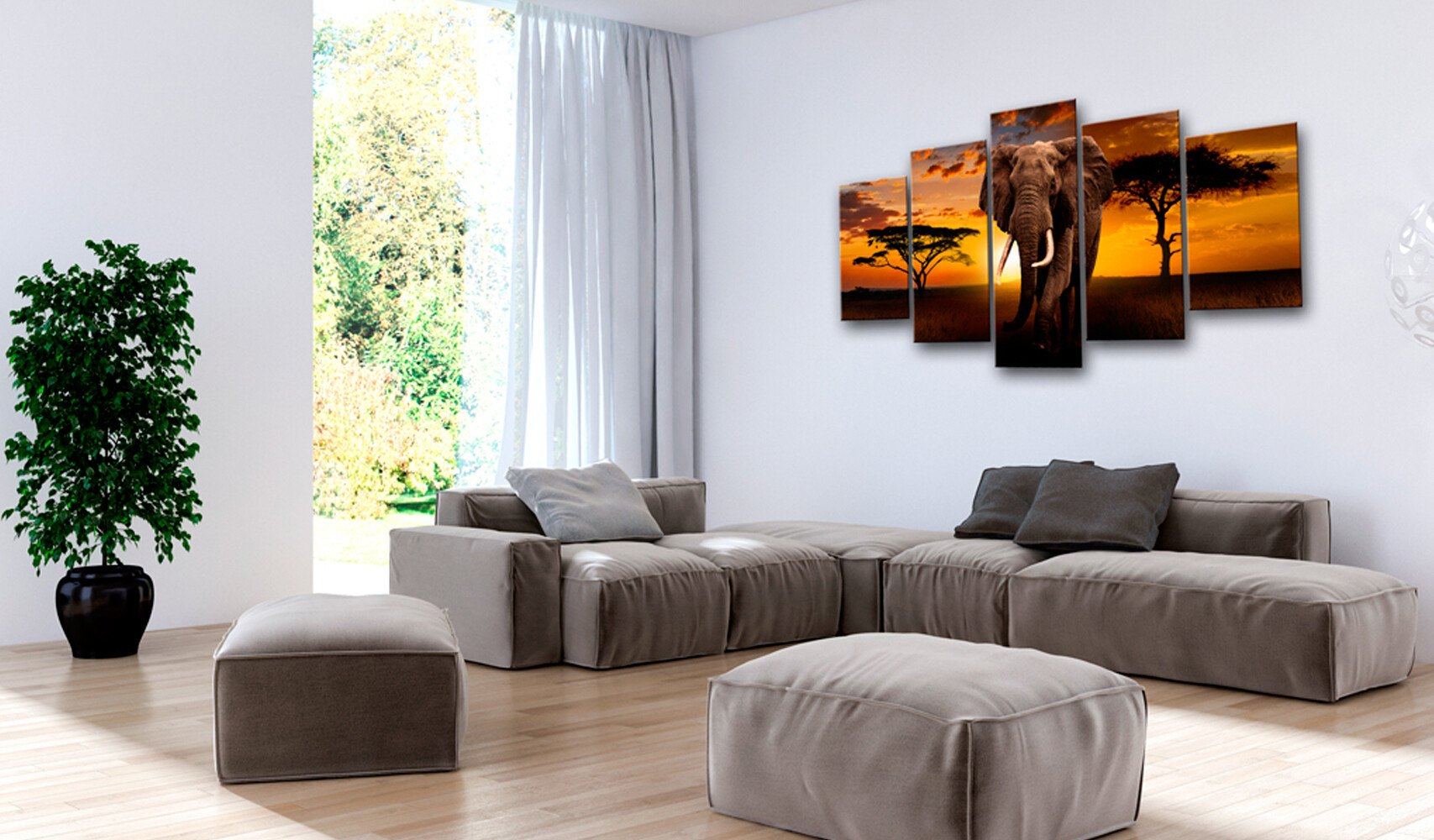Sound-absorbing panels – effective sound absorption with aesthetic design
Soundproofing a room with sound-absorbing panels is a practical and stylish solution for reducing reverberation and creating a more pleasant sound environment. In environments where sound reflections from hard surfaces such as glass, concrete, and wooden floors can create an unbalanced and noisy sound, sound-absorbing panels serve as both functional and decorative elements. By combining advanced sound absorption with aesthetically pleasing motifs, you can effectively improve the acoustics without compromising the design of the room.
These panels are designed to absorb sound waves and reduce distracting background noise, making them ideal for offices, conference rooms, restaurants, schools, and home environments. They help create a more harmonious atmosphere where conversations and work can take place without disruption. Whether it's a modern office landscape, a bustling restaurant, or a home with open spaces and high ceilings, sound-absorbing panels can make a noticeable difference in sound comfort.
How do sound-absorbing panels work?
Sound-absorbing panels are constructed from materials with high sound absorption properties, such as acoustic foam or mineral wool, which effectively capture and dampen sound waves. When sound hits a hard surface, it is reflected back into the room, creating reverberation and unbalanced acoustics. By placing sound-absorbing panels in strategic locations, you can reduce these reflections and create a more subdued and controlled sound environment.
An important factor in maximizing sound absorption is the placement of the panels. They should be mounted on walls where sound reflections are greatest, such as opposite glass partitions or hard surfaces. Installing panels in corners or on multiple walls can further improve the sound environment by breaking up sound waves before they bounce around the room.
Advantages of sound-absorbing panels
Using sound-absorbing panels in different environments offers several advantages in terms of both acoustic comfort and interior design. One of the most noticeable effects is reduced reverberation and a better sound environment. By dampening sound reflections, you can create a calmer and more pleasant atmosphere, which is especially important in open-plan offices, restaurants, and other environments with high noise levels.
In work environments, sound-absorbing panels contribute to better concentration and increased productivity. Noise and distracting background sounds can be one of the biggest causes of reduced efficiency in the workplace. Reducing the noise level creates a more focused work environment where employees can work undisturbed and communicate more clearly.
Another important aspect is improved speech perception in meeting rooms and public environments. When sound is reflected from hard surfaces, conversations can become more difficult to understand, which can create frustration and misunderstandings. Sound-absorbing panels help to create a more balanced sound environment where speech is heard more clearly and conversations can be held without having to raise your voice.
Reducing echo and unpleasant sound reflections is another advantage. In environments with a lot of glass and hard materials, echo can be a major problem. Sound-absorbing panels work by capturing and absorbing sound waves, creating a more controlled and comfortable acoustic environment.
Aesthetic and flexible solutions
Sound-absorbing panels are not only functional but also a stylish solution for improving the interior design of a room. They are available in a variety of colors, patterns, and sizes, making it possible to integrate them into different interior styles. Whether you prefer a modern, minimalist look or a more artistic and colorful design, there are sound-absorbing panels to suit your needs.
Many people choose to use sound-absorbing panels as part of their interior design to create a harmonious and visually appealing environment. The panels can serve as works of art while effectively dampening sound, making them a practical and stylish solution for both private and public spaces.
Adaptability and easy installation
One of the major advantages of sound-absorbing panels is their flexibility. They can be adapted to the specific needs of the room and installed in different locations to maximize sound absorption. By choosing the right number of panels and placing them strategically, you can create an optimal sound environment tailored to the unique acoustic challenges of the room.
Many sound-absorbing panels are easy to install and require minimal maintenance. They can be installed directly on the wall using screws, adhesive mounts, or mounting frames, making them a practical solution for both permanent and temporary sound improvements. Designed to last, they rarely require any updates or maintenance beyond regular cleaning.
A better sound environment with sound-absorbing panels
Installing sound-absorbing panels is a simple and effective way to improve the sound environment in various types of rooms. By combining functionality and aesthetics, these panels can contribute to better acoustics, increased comfort, and a more pleasant atmosphere. Whether in offices, restaurants, home environments, or public spaces, sound-absorbing panels are a flexible and stylish solution for creating a more pleasant sound experience.







